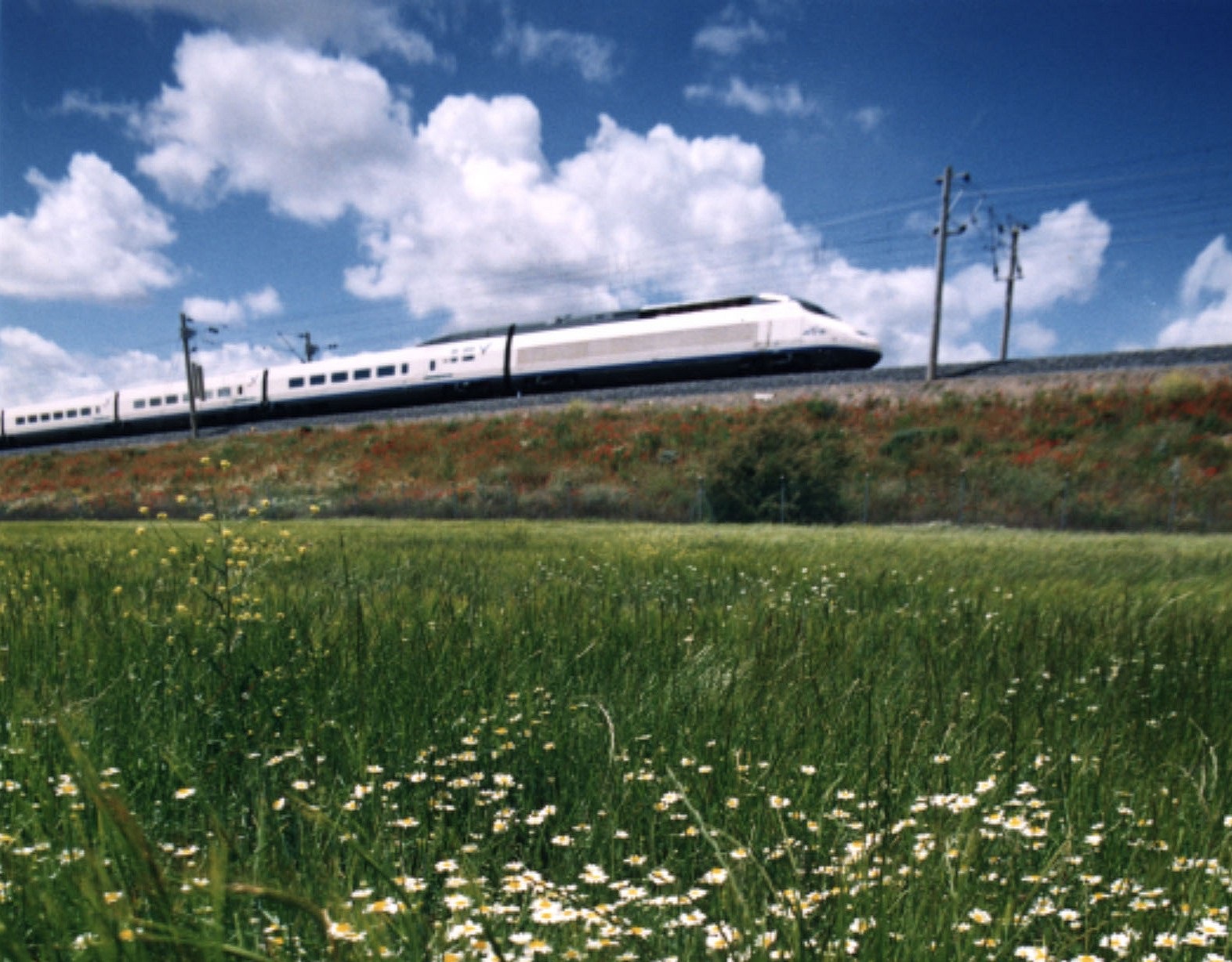Blog
After Coronavirus: An opportunity for green mobility in Europe
Philippe Citroën
27 April 2020

In March 2020, shortly before the current Coronavirus crisis, the European Commission announced that 2021 would be the “Year of Rail”, in recognition of its potential to be a driving contributor to this mandate’s commitment to achieving its hallmark objective: the EU Green Deal. Europe now finds itself dealing with the ramifications of a widespread public health emergency and its associated economic effects, and rail will be part of the Union’s future recovery and allow it to continue on track towards carbon neutrality. To do so, it is essential that decision-makers at the EU and National levels remain committed to implementing smart, sustainable rail solutions and investing in the development of green technologies that enable them.
The success of any solution relies on its popularity and mobility options are no exception. In recent years, society and individual customers have become increasingly aware of the growing threat of climate change and now seek environmentally friendly solutions. The railway sector needs to continue to prioritise offerings that cater seamlessly to multimodal end-user needs. Providing passengers and freight end-users with more expansive rail mobility services and fostering widespread adoption of digital solutions will be key to creating a future sustainable transport paradigm. The fact that these preconditions must be enacted to create a greener network was given voice by European Commissioner for Transport Adina-Ioana Vălean at the 2020 European Rail Award when she explained that “decarbonizing transport will depend strongly on rail increasing its market share”.
To encourage customers to shift to rail, it is important that rail gives them the tools to tailor it to their needs. Fortunately, our sector is already easily accessible to communities across the EU. Its physical presence in towns and cities positions it as the most natural backbone of a future green mobility paradigm, as it already interacts with other modes of transport offering multimodal services. This infrastructure makes rail most capable of contributing to a sustainable multimodal network by improving ease of travel and implementing systems that facilitate connections. Placing rail as a connective element in the mobility chain will require the implementation of more digital solutions like intuitive ticketing systems and information services across systems. Investing in these technologies allows existing networks to becoming driving forces in the EU’s green transformation.
For the European Rail Supply Industry, continued development of more sustainable and efficient products that keeps rail competitive while contributing to EU Green Deal goals is essential. UNIFE’s Key Enablers, specific research topics deemed potentially most impactful, provide us with areas of focus that will optimise our contribution to this green mobility transformation. Amongst others, these initiatives include digitalisation, new propulsion systems, big data and more. These tools will make rail cleaner and more efficient while increasing capacity and reliability of rail transport. These goals can be achieved through the deployment of existing technologies, such as ERTMS, alongside future technologies delivered by future R&I programmes, like 5G, FRMCS, Digital Twins, and AI. The extension of the Shift2Rail Joint Undertaking (S2R JU) as Shift2Rail2 is essential to fostering and coordinating these efforts going forward as the European Union prepares for a post-COVID world.
The EU Green Deal is an ambitious project that requires a whole-of-society approach to complete. It will only be accomplished with adequate contributions from both the private and public sector, at both the EU and National levels. Strong allocations are needed for HorizonEurope – with sufficient budget for the anticipated extension of S2R JU – as well as the Connecting Europe Facility and Cohesion Fund, to generate and implement sustainable rail technologies and projects that will spur employment following this unprecedented outbreak.
COVID-19 has disrupted public life in ways not seen for decades. As many look forward to a return to their normal routine, the rail sector has an opportunity to anticipate its role as a driver of a cleaner, new mobility paradigm. By partnering the private and public sectors, the European Rail Supply Industry can develop the technologies that will allow us to decarbonize transport and reach carbon neutrality by 2050. Together, the European Union and its rail sector can exit this crisis on a competitive footing while addressing climate change.
Category: Blog passenger rail Research and Innovation Standardisation Sustainability
Tags: 5G Adina-Ioana Valean AI big data Coronavirus digitalisation EC ERTMS European Commission European Green Deal Philippe Citroen Shift2Rail Standardisation sustainability ticketing UNIFE Year of Rail
About the author

Philippe has served as UNIFE Director General since June 2011. In 1993, he became Manager and Chief of Staff at RATP Paris, and joined the SNCF as Strategy Director in 1999. Prior to assuming his position at UNIFE, he served for 8 years as CEO of Systra, one of the world’s leading public transport engineering companies.